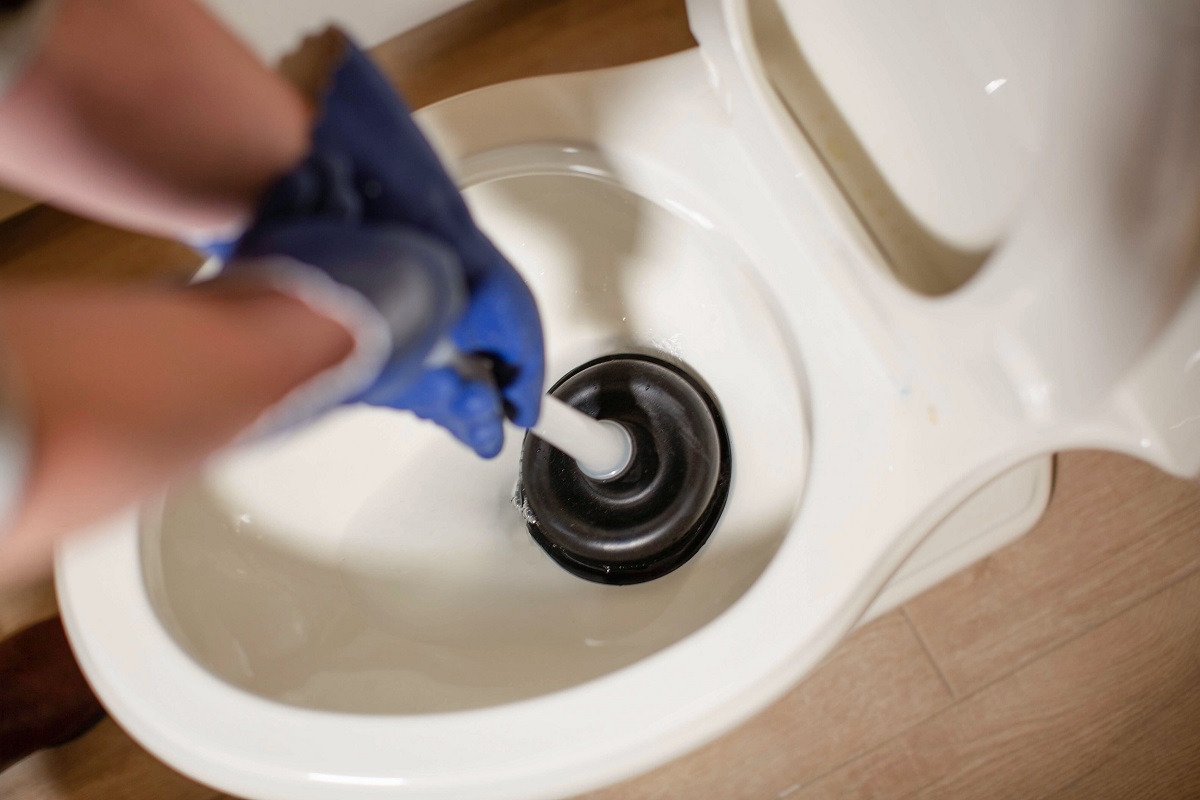

Articles
How To Unclog A Toilet
Modified: February 11, 2024
Learn effective techniques and tips for unclogging a toilet with our informative articles. Get step-by-step instructions and expert advice to solve this common household issue.
(Many of the links in this article redirect to a specific reviewed product. Your purchase of these products through affiliate links helps to generate commission for Storables.com, at no extra cost. Learn more)
Introduction
A clogged toilet can be a major inconvenience in any household. It’s a plumbing issue that often occurs unexpectedly and requires immediate attention. Whether it’s caused by excess toilet paper or a foreign object, a clogged toilet can disrupt your daily routine and potentially lead to costly repairs if not addressed in a timely manner.
However, fear not! In this article, we will guide you through the process of unclogging a toilet effectively and efficiently. We will explore different methods, tools, and even a natural homemade solution to help you tackle this common household problem. By following these steps and taking preventive measures, you can save yourself from the frustration of a clogged toilet and avoid the need for professional assistance.
Before we dive into the step-by-step instructions, it’s essential to understand the common causes of toilet clogs. This knowledge will help you determine the best course of action for unclogging your toilet and prevent future incidents. Let’s explore the reasons why toilets become clogged in the first place.
Key Takeaways:
- Understanding the common causes of toilet clogs, such as excess toilet paper and foreign objects, is crucial for effective unclogging. By implementing preventive measures and using the right tools, you can tackle clogs and maintain a clear and functioning toilet.
- Utilizing methods like plunging, using a toilet auger, and a natural homemade solution can effectively unclog toilets. Additionally, implementing preventive measures, such as using toilet paper sparingly and scheduling professional maintenance, can significantly reduce the chances of future clogs.
Read more: How To Unclog A Toilet With A Plunger
Understanding the Cause of Toilet Clogs
To effectively unclog a toilet, it’s important to understand the common causes of toilet clogs. By identifying the root cause, you can take appropriate measures to prevent future clogs and ensure the longevity of your plumbing system.
1. Excess Toilet Paper: One of the most common causes of toilet clogs is the use of excessive toilet paper. When too much toilet paper is flushed at once, it can accumulate in the pipes and cause a blockage. To avoid this, encourage household members to use a reasonable amount of toilet paper and consider using a thinner or more biodegradable option.
2. Foreign Objects: Items that are not meant to be flushed down the toilet, such as sanitary products, baby wipes, or small toys, can easily cause clogs. It’s important to educate everyone in your home about what can and cannot be flushed. Placing a waste basket in the bathroom can also help prevent any accidental flushing of items that should be disposed of differently.
3. Hard Water Build-Up: In areas with hard water, mineral deposits can accumulate over time in the toilet pipes. These deposits can constrict the flow of water and cause clogs. Regular cleaning and descaling of the toilet, as well as using a water softener, can help prevent this issue.
4. Low Flush Power: Older toilets or toilets with low flush power can struggle to effectively remove waste, leading to frequent clogs. Upgrading to a more powerful flush toilet or using a toilet booster can help increase the efficiency of your toilet and reduce the occurrence of clogs.
Now that you have a better understanding of the causes of toilet clogs, let’s move on to the tools and materials you’ll need to effectively unclog your toilet.
Tools and Materials Needed
Before diving into the unclogging process, it’s important to gather the necessary tools and materials. Having these items on hand will ensure a smoother experience and increase your chances of successfully unclogging the toilet.
Here is a list of tools and materials you’ll need:
- Plunger: A plunger is an essential tool for unclogging a toilet. Opt for a heavy-duty plunger with a flange or extension, as it provides better suction and helps create a stronger seal.
- Toilet Auger: For tougher clogs that can’t be resolved with a plunger, a toilet auger (also known as a toilet snake) is your go-to tool. This long, flexible cable with a hook on one end is designed to break up and remove stubborn clogs.
- Rubber Gloves: It’s always a good idea to protect your hands from any potential contact with bacteria or waste. Rubber gloves provide an extra layer of hygiene during the unclogging process.
- Bucket: A bucket will come in handy for removing excess water from the toilet bowl in case of overflowing or for holding any items that need to be disposed of separately.
- Old Towels or Rags: Keep a few old towels or rags nearby to clean up any spills or messes during the unclogging process.
- Protective Eyewear: Although not mandatory, wearing protective eyewear can come in handy to protect your eyes from splashes or debris.
- Natural Homemade Solution: In addition to the tools mentioned above, you may want to gather some vinegar and baking soda. This natural homemade solution can help break down minor clogs and improve the overall cleanliness of your toilet.
Once you have gathered all the necessary tools and materials, you’re ready to move on to the step-by-step instructions for unclogging a toilet.
Step-by-Step Instructions
Now that you have all the tools and materials ready, let’s walk through the step-by-step process of unclogging a toilet.
- Put on your rubber gloves to protect your hands from any waste or bacteria.
- If the toilet bowl is close to overflowing, use the bucket to remove some of the water. This will prevent any potential messes during the unclogging process.
- Take the plunger and place it into the toilet bowl, covering the drain hole completely. Ensure a tight seal is formed between the plunger and the bowl.
- Begin plunging vigorously, using an up and down motion. This will create suction and forceful pressure to dislodge the clog.
- Continue plunging for several minutes until the water starts to drain from the bowl. Once the water level has gone down, flush the toilet to check if the clog has been cleared. If the toilet flushes properly, the clog has been successfully removed. If not, proceed to the next step.
- If the plunger doesn’t resolve the clog, it’s time to use the toilet auger. Insert the end of the auger into the toilet drain and rotate the handle clockwise. Keep pushing the cable into the drain until you feel resistance. Once you feel the resistance, rotate the handle counterclockwise to break up the clog. Continue this motion until the auger moves freely through the drain.
- Remove the toilet auger and flush the toilet to check if the clog has been cleared. If the water flushes properly, congratulations! The clog is no more. If the clog persists, proceed to the next step.
- If the plunger and toilet auger do not work, you can try using a homemade solution. Mix equal parts of vinegar and baking soda in a bowl until it forms a thick paste. Pour the mixture into the toilet bowl, making sure it covers the drain. Let it sit for about 30 minutes to allow the chemical reaction to break down the clog. Afterward, flush the toilet to see if the clog has been eliminated.
By following these step-by-step instructions, you should be able to successfully unclog your toilet. However, it’s always important to exercise caution and seek professional help if the problem persists or if you are uncomfortable performing these tasks yourself. Now, let’s explore some preventive measures to avoid future toilet clogs.
Method 1: Using a Plunger
Using a plunger is one of the most common and effective methods for unclogging a toilet. It creates suction and pressure to dislodge the clog and restore the proper flow of water. Follow these steps to use a plunger correctly:
- Put on your rubber gloves to protect your hands.
- Position the plunger over the drain hole in the toilet bowl, ensuring a tight seal is formed.
- Apply downward pressure on the plunger handle to create a seal and prevent air from escaping.
- Vigorously push and pull the plunger in an up and down motion. The goal is to create suction and pressure to dislodge the clog.
- Continue plunging for several minutes, keeping a steady rhythm.
- After plunging, flush the toilet to see if the clog has been cleared. If the water drains properly, the clog has been successfully removed. If not, repeat the plunging process or try using a different method.
Remember, using a plunger requires a strong seal and vigorous plunging action. If the clog persists after multiple attempts, it may be necessary to move on to the next method.
Now that you’re familiar with using a plunger, let’s explore an alternative method for stubborn clogs.
Use a plunger to create a strong seal over the toilet drain and then push and pull to create pressure and dislodge the clog. Add hot water and dish soap for extra help.
Read more: How To Unclog A Toilet With Plunger
Method 2: Using a Toilet Auger
If a plunger doesn’t resolve the clog, using a toilet auger, also known as a toilet snake, is an effective method to break up and remove stubborn clogs. Follow these steps to use a toilet auger:
- Put on your rubber gloves to protect your hands.
- Insert the end of the toilet auger into the toilet bowl, ensuring it goes deep into the drain.
- Rotate the handle of the auger clockwise to maneuver the cable further into the drain. Keep pushing the cable until you feel resistance.
- Once you feel resistance, rotate the handle counterclockwise to break up the clog using the hook at the end of the cable.
- Continue rotating the handle and pushing the cable until the auger moves freely through the drain. This indicates that the clog has been broken apart.
- Remove the toilet auger carefully, ensuring not to spill any water or debris.
- Flush the toilet to check if the clog has been cleared. If the water drains properly, the clog has been successfully removed. If not, you may need to attempt the process again or try a different method.
A toilet auger is a versatile tool that can effectively handle tough clogs. It’s important to follow the instructions carefully and take your time to ensure successful results. If the clog persists, there is one more method you can try using a natural homemade solution.
Next, we will explore the use of a natural homemade solution to unclog your toilet.
Method 3: Using a Natural Homemade Solution
If the plunger and toilet auger don’t resolve the clog, you can try using a natural homemade solution to break down the clog and restore normal flow. This method is effective for minor clogs and helps maintain a clean and odor-free toilet. Follow these steps to use a natural homemade solution:
- Put on your rubber gloves to protect your hands.
- In a bowl, mix equal parts of vinegar and baking soda to create a thick paste. The chemical reaction between vinegar and baking soda helps break down the clog.
- Pour the mixture into the toilet bowl, ensuring it covers the drain. Let it sit for about 30 minutes to allow the solution to work.
- After the designated time, flush the toilet to see if the clog has been eliminated. The chemical reaction between vinegar and baking soda helps break down the clog and improve drainage.
- If the clog persists, you may need to try other methods or seek professional assistance.
This natural homemade solution is a cost-effective and eco-friendly option for unclogging your toilet. It’s important to note that this method is most effective for minor clogs. For more severe or persistent clogs, it’s advisable to try the plunger or toilet auger method.
Now that you are familiar with the three main methods of unclogging a toilet, it’s essential to take preventive measures to avoid future clogs.
Preventing Future Toilet Clogs
Dealing with a clogged toilet can be a hassle, so taking preventive measures is key to avoiding future clogs. Here are some tips to help you maintain a clear and functioning toilet:
- Use toilet paper sparingly: Avoid using an excessive amount of toilet paper in a single flush. It’s best to use a reasonable amount and flush multiple times if needed.
- Teach proper flushing habits: Educate everyone in your household about what can and cannot be flushed down the toilet. Remind them that only toilet paper and bodily waste should go in the toilet.
- Install a waste basket: Place a waste basket in the bathroom for disposing of items that should not be flushed, such as sanitary products, wipes, or cotton balls.
- Upgrade to a powerful flush toilet: Consider replacing your toilet with a more efficient model that offers a more powerful flush. This will help prevent clogs and ensure efficient waste removal.
- Regularly clean and maintain your toilet: Clean your toilet regularly to prevent the build-up of mineral deposits or other substances that can lead to clogs. Use a toilet bowl cleaner and brush to keep the pipes clear.
- Flush with hot water: Once a month, pour a bucket of hot water into the toilet bowl. The heat can help dissolve any buildup and keep the pipes clear.
- Use enzymatic cleaners: Consider using enzymatic cleaners periodically to break down any organic matter that may accumulate in the toilet pipes.
- Monitor water pressure: Check the water pressure in your home. Excessive water pressure can put stress on the toilet pipes and increase the likelihood of clogs. Ensure your water pressure is within the recommended range.
- Schedule professional maintenance: Occasionally, it’s advisable to have a professional plumber perform routine maintenance on your plumbing system. They can inspect for any hidden issues and address them before they lead to clogs or other plumbing problems.
By following these preventive measures, you can significantly reduce the chances of experiencing future toilet clogs. Taking proactive steps to maintain a clear and functioning toilet will save you from the inconvenience and potential expense of dealing with clogs.
With these tips and methods at your disposal, you can confidently tackle any future toilet clogs and keep your plumbing system running smoothly. Remember, if you encounter persistent or complex clogs, it’s always best to seek professional assistance.
Now that you have a comprehensive understanding of how to unclog a toilet and prevent future clogs, you’re well-equipped to handle any toilet-related plumbing issues that may arise. Happy unclogging!
Conclusion
A clogged toilet can be a frustrating and inconvenient problem, but with the right knowledge and tools, you can tackle it effectively. In this article, we’ve covered various methods to unclog a toilet, including using a plunger, a toilet auger, and a natural homemade solution.
By following the step-by-step instructions outlined in this article, you can address common toilet clogs and restore the proper flow of water. Remember, it’s essential to understand the cause of the clog in order to prevent future incidents. Excessive toilet paper, foreign objects, hard water build-up, and low flush power are all common causes of toilet clogs that can be addressed with the appropriate preventive measures.
Having the necessary tools and materials, such as a plunger, toilet auger, rubber gloves, and a natural homemade solution, is crucial for a successful unclogging process. These tools, when used correctly, can help dislodge and break apart clogs, allowing the water to flow freely once again.
Furthermore, taking preventive measures to avoid future toilet clogs is equally important. By using toilet paper sparingly, teaching proper flushing habits, upgrading to a powerful flush toilet, and regularly cleaning and maintaining your toilet, you can significantly reduce the chances of experiencing future clogs.
Remember to monitor water pressure and consider scheduling professional maintenance to ensure your plumbing system is in good working order. These proactive steps can help prevent clogs and other plumbing issues from occurring in the first place.
With the information and tips provided in this article, you are now equipped with the knowledge and tools to unclog a toilet and prevent future clogs. However, if the clog persists or you are uncomfortable performing the tasks yourself, it’s always best to seek professional assistance from a plumber.
Stay proactive, keep your toilet clean, and implement these preventive measures to maintain a clear and functioning toilet. By doing so, you can avoid the inconvenience, frustration, and potential expense of dealing with clogged toilets in the future.
Now, go forth and confidently handle any toilet clogs that come your way. Happy unclogging!
Frequently Asked Questions about How To Unclog A Toilet
Was this page helpful?
At Storables.com, we guarantee accurate and reliable information. Our content, validated by Expert Board Contributors, is crafted following stringent Editorial Policies. We're committed to providing you with well-researched, expert-backed insights for all your informational needs.
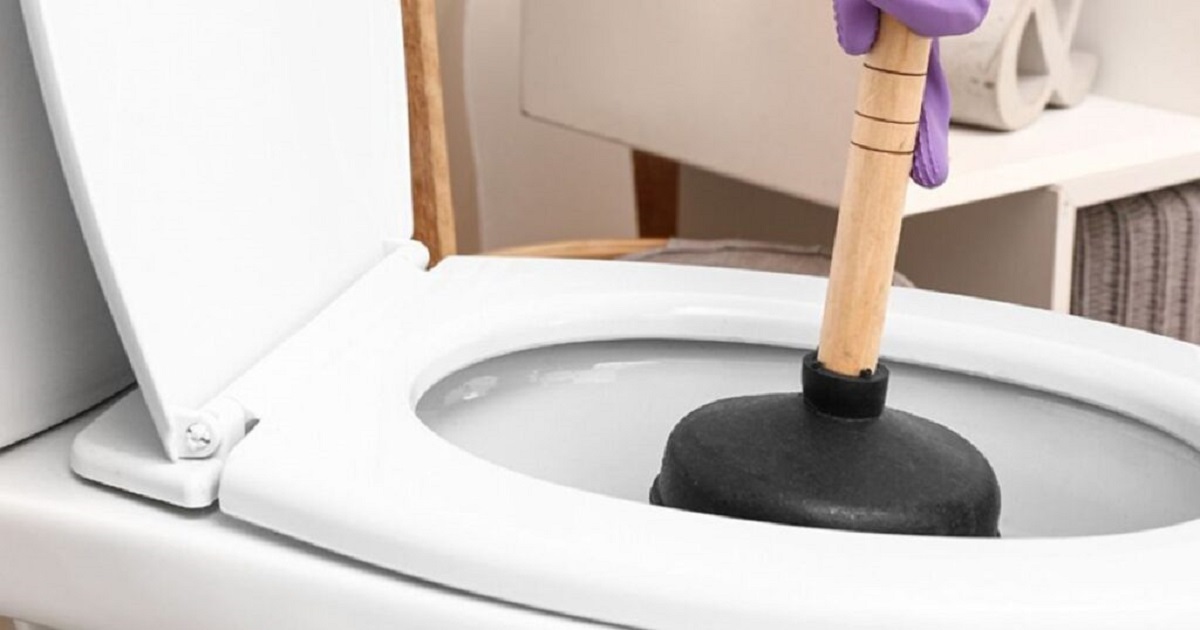
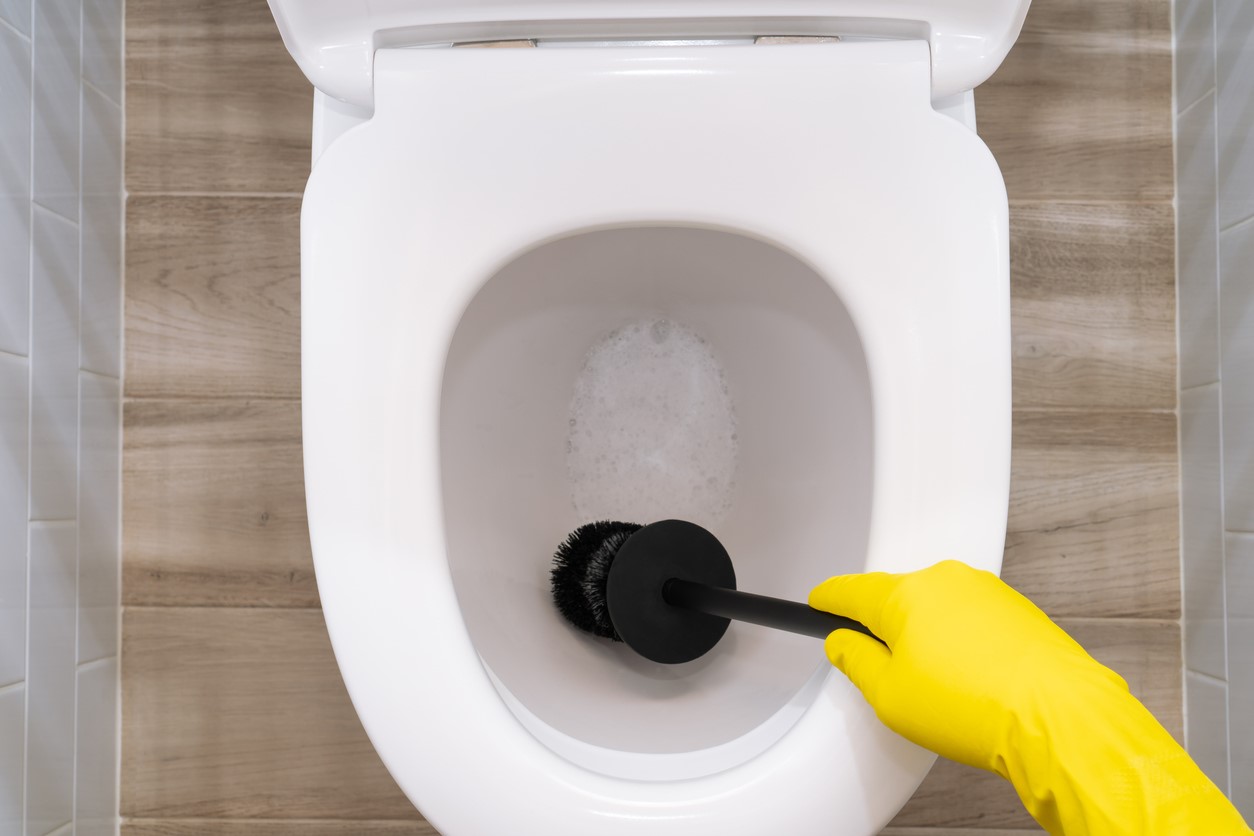
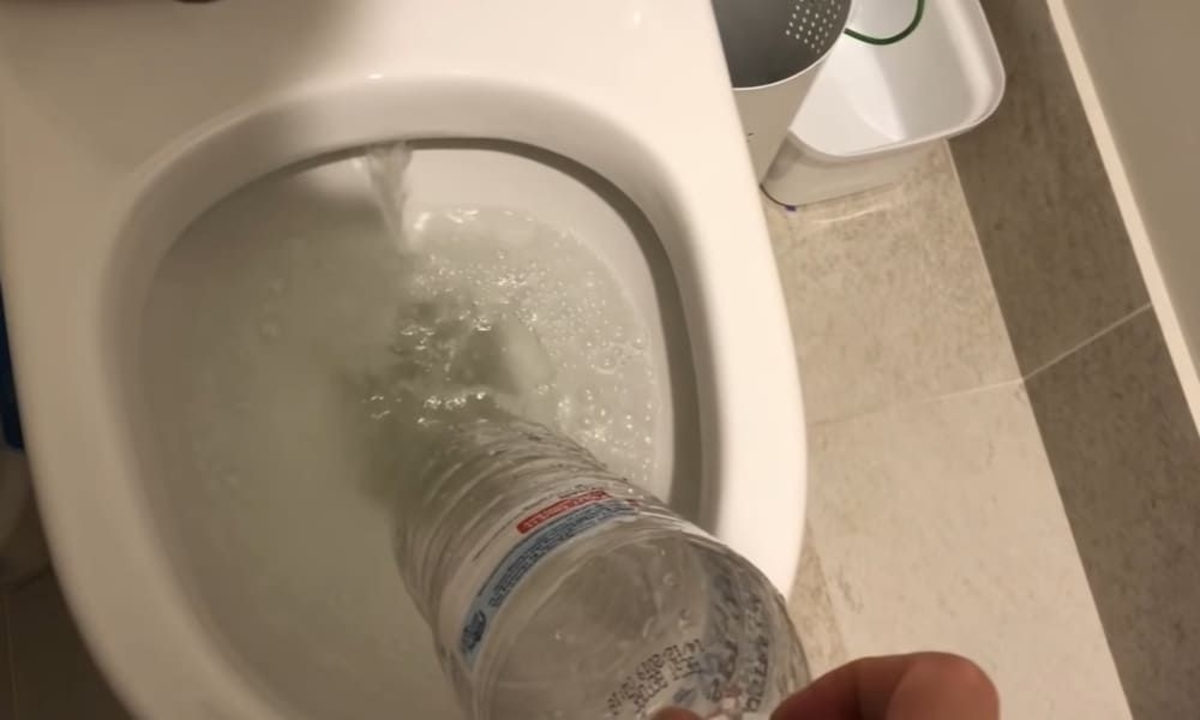
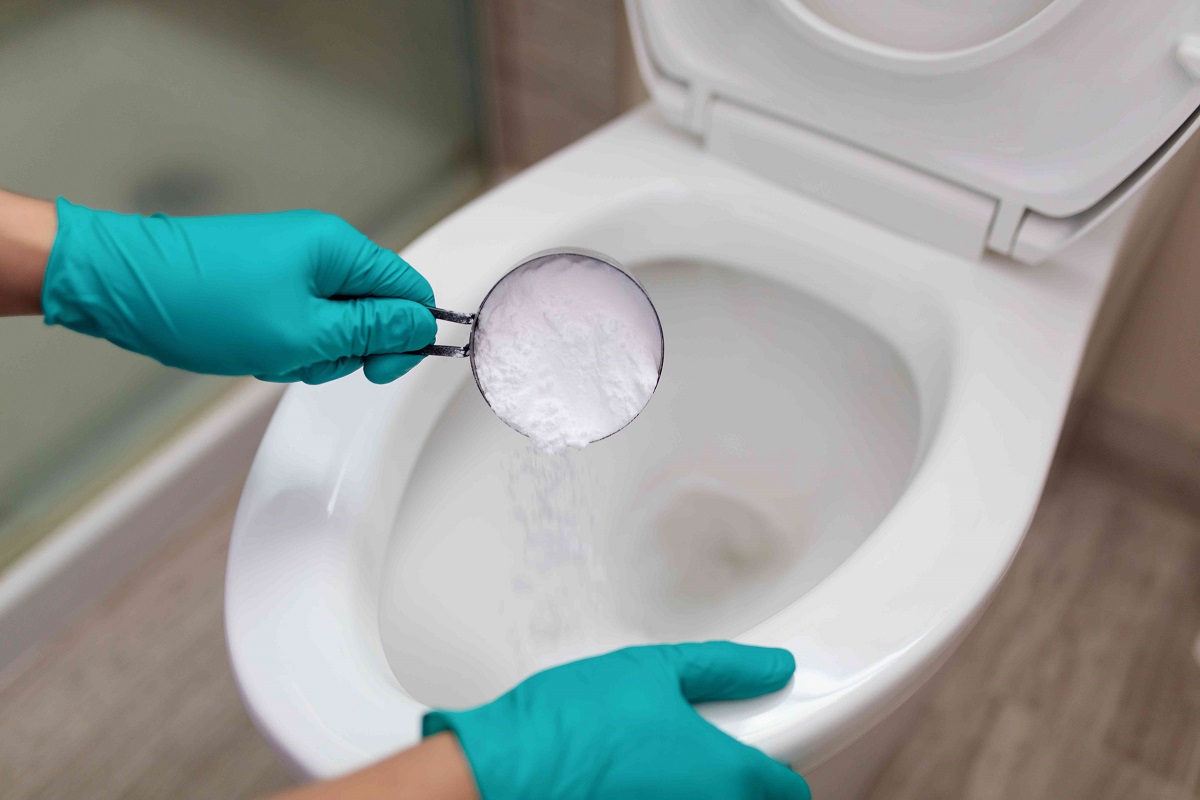
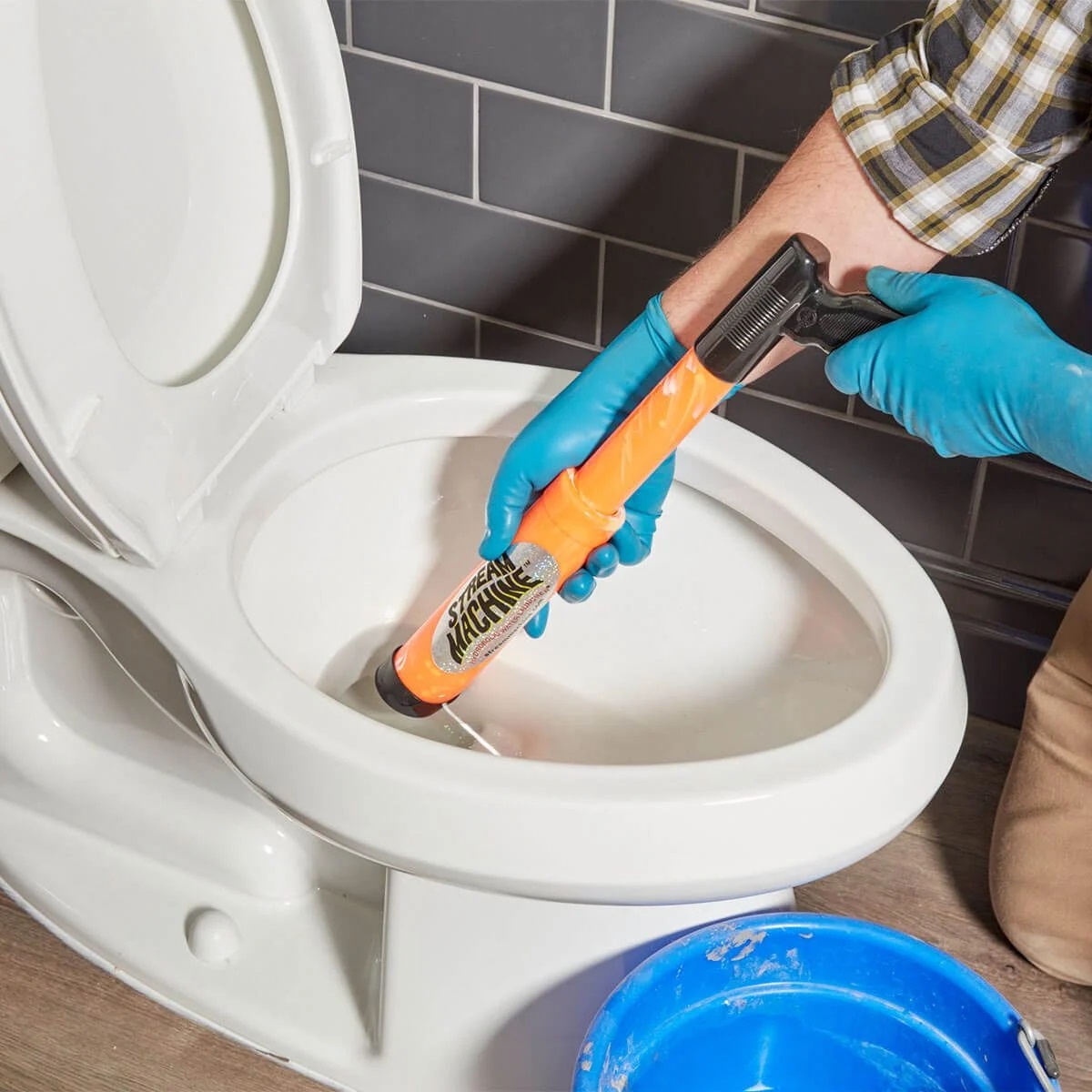
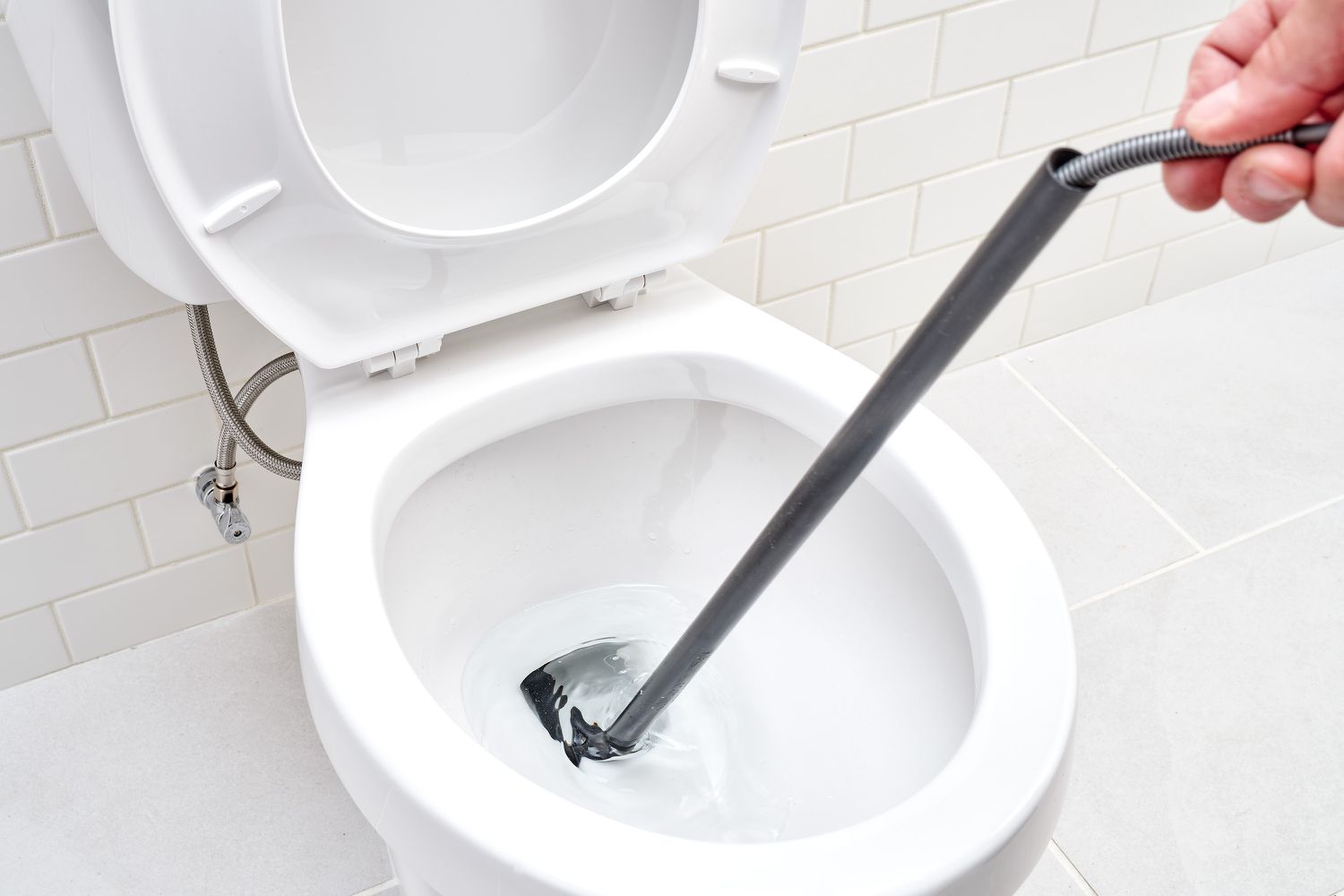
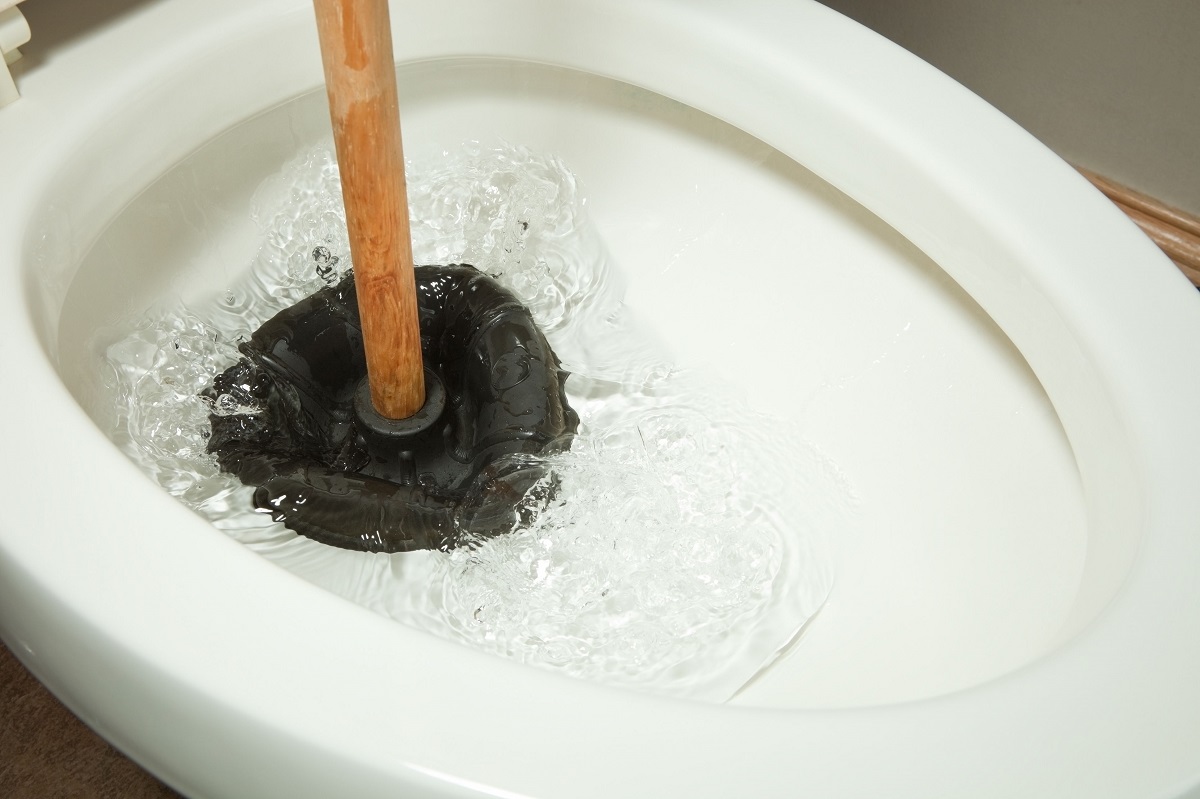
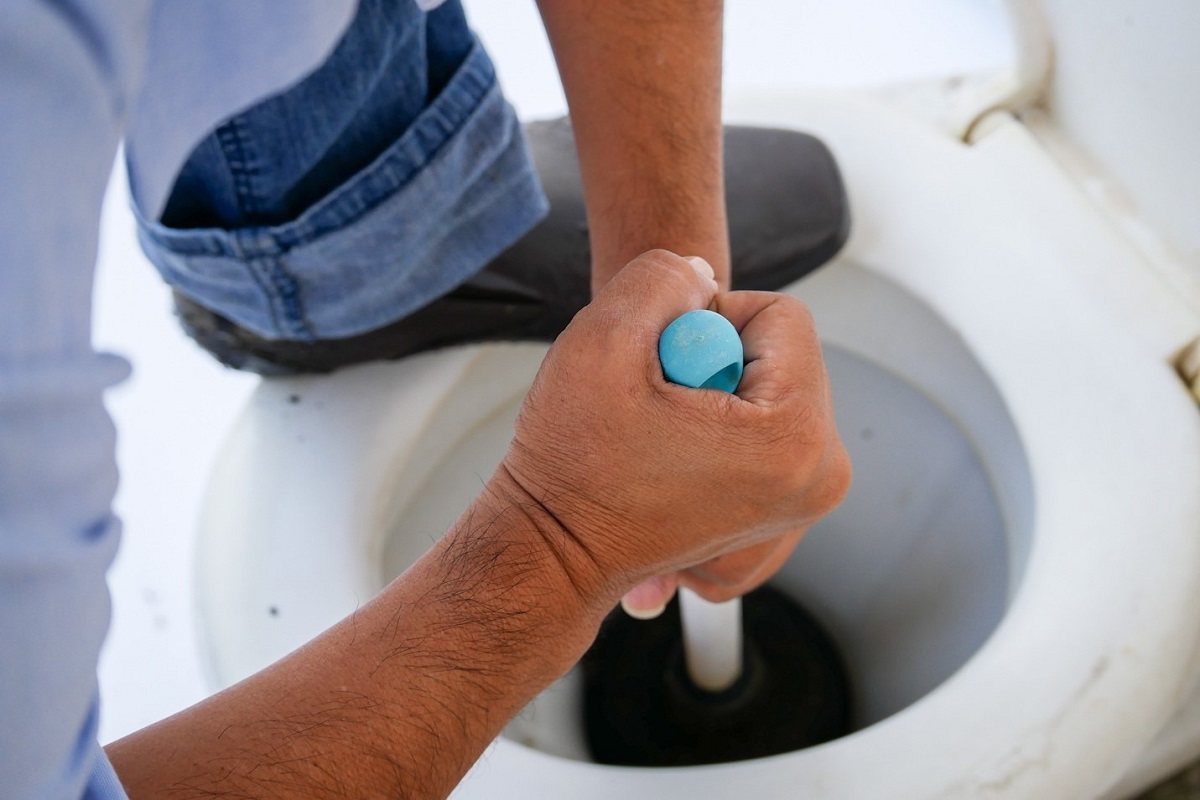
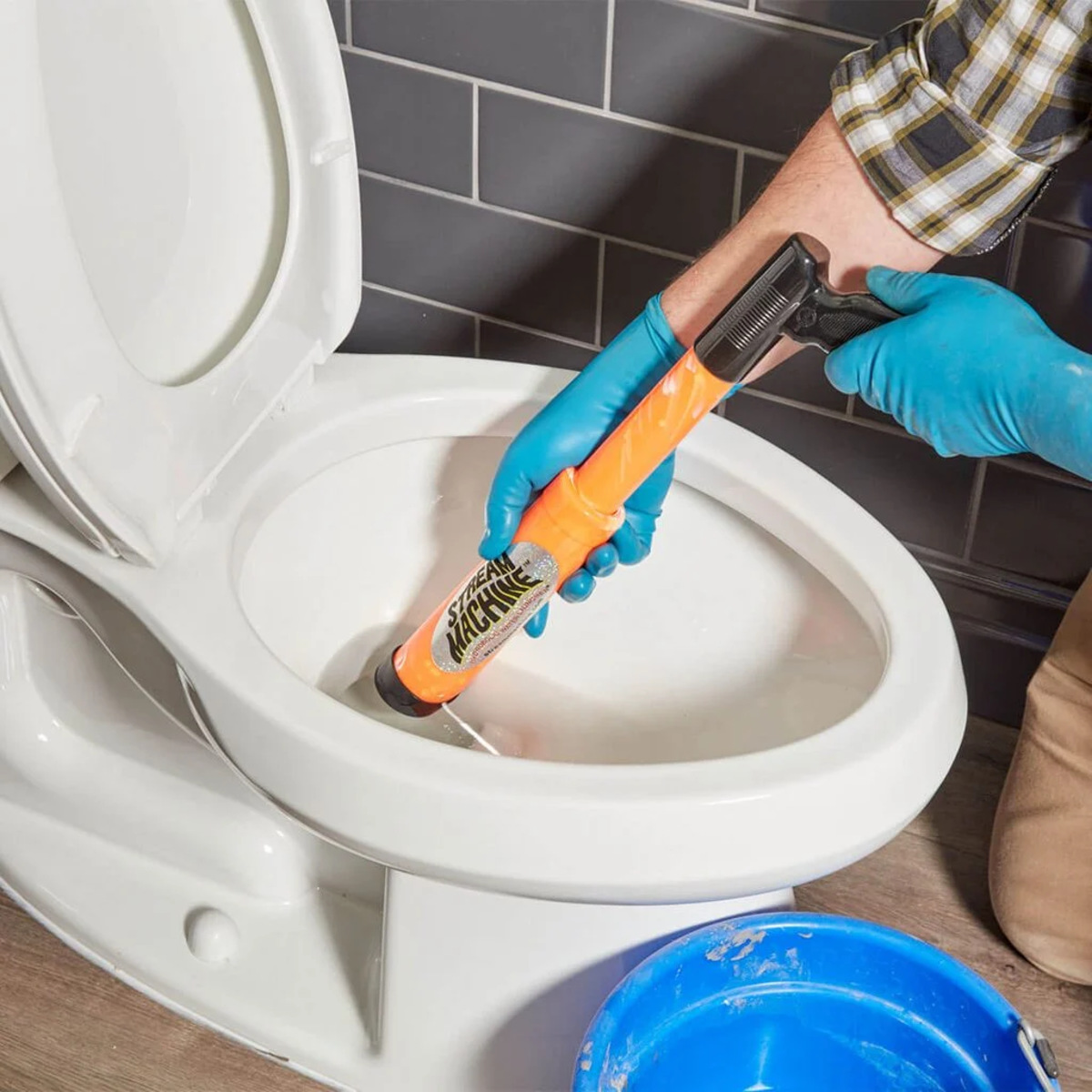
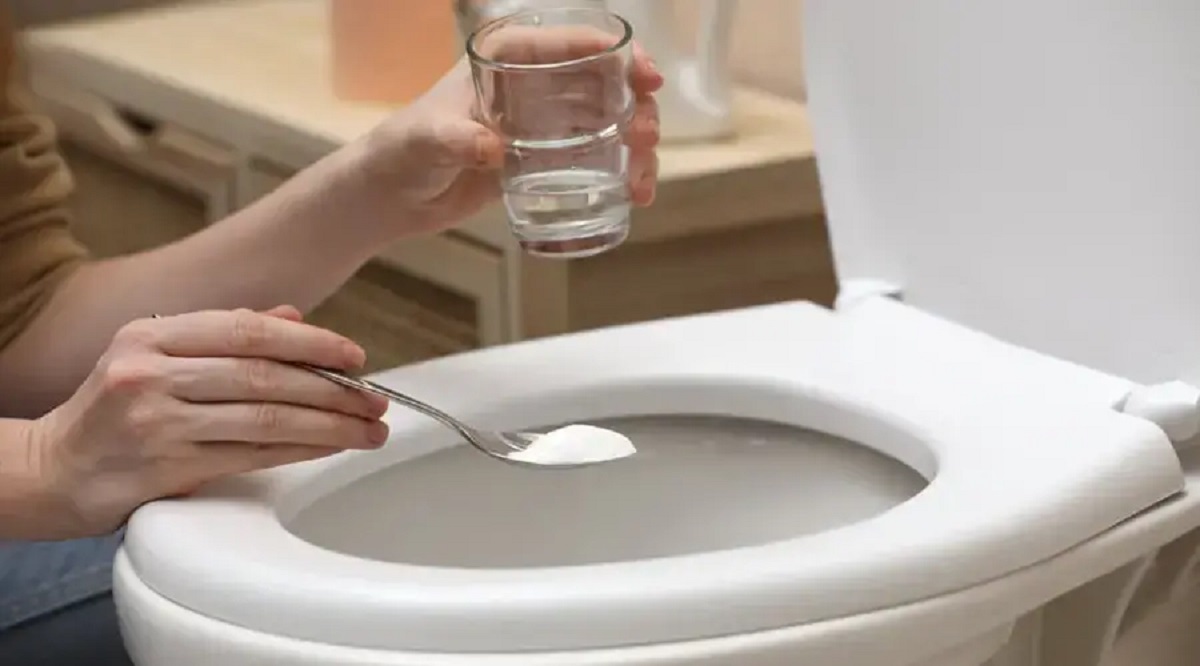
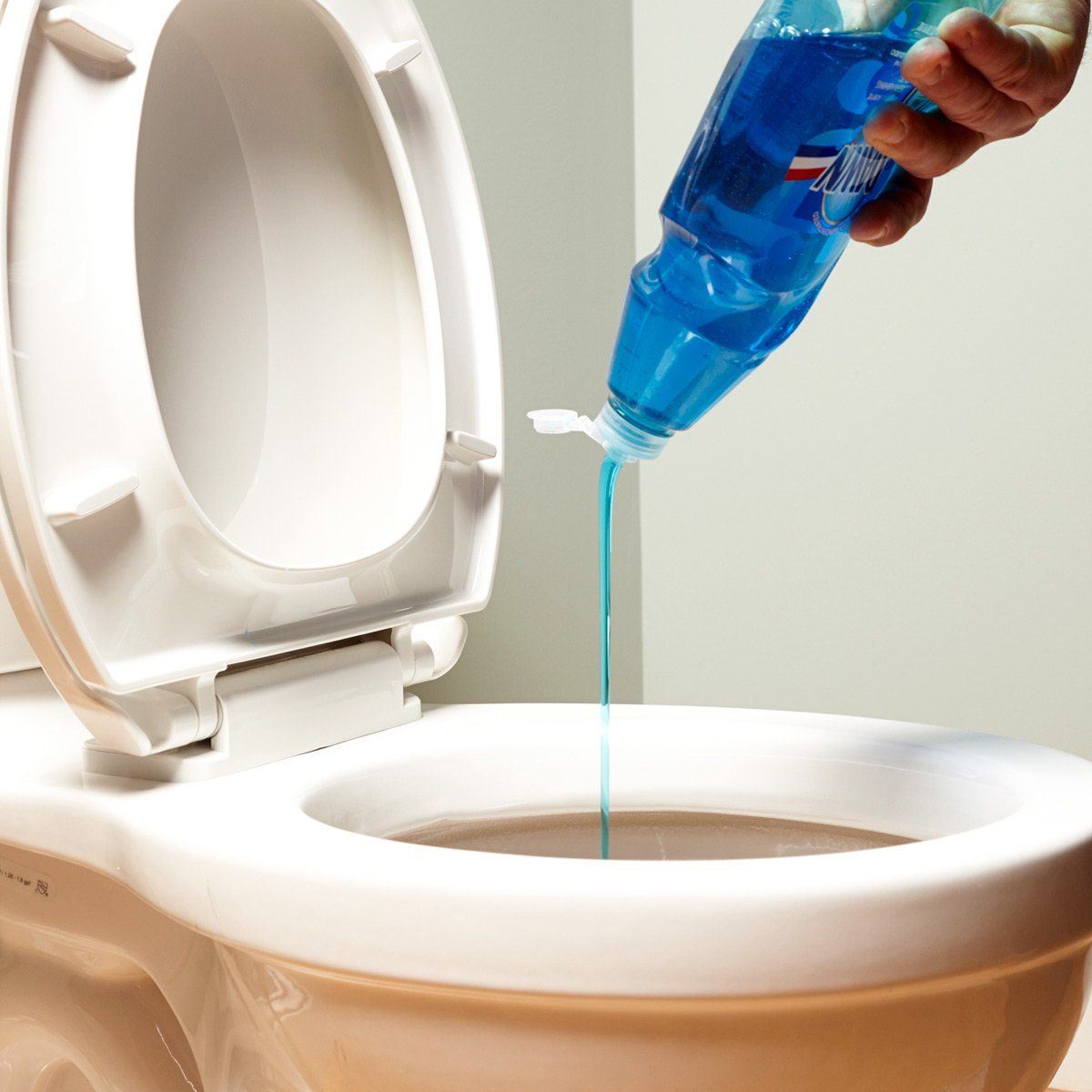
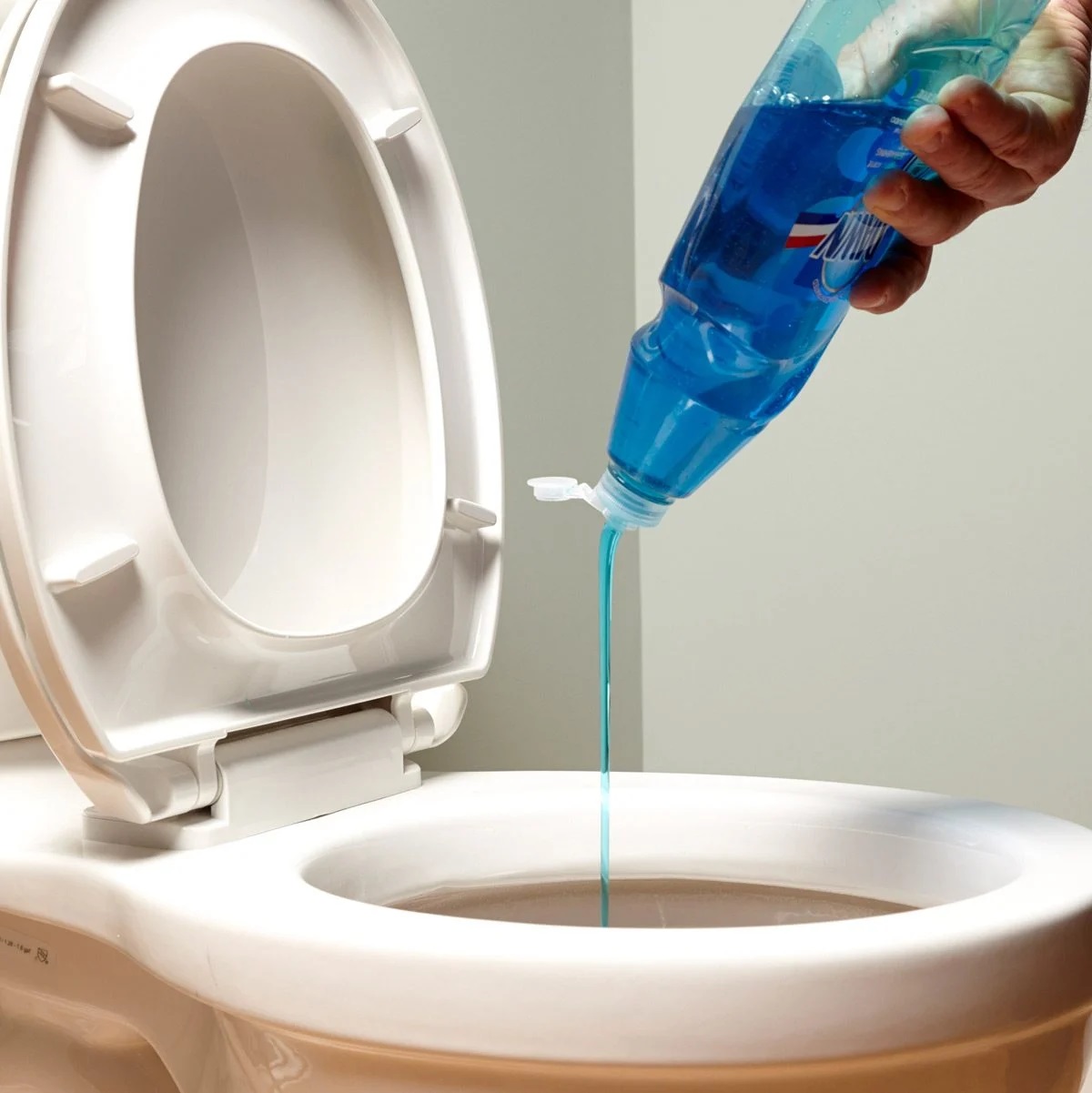
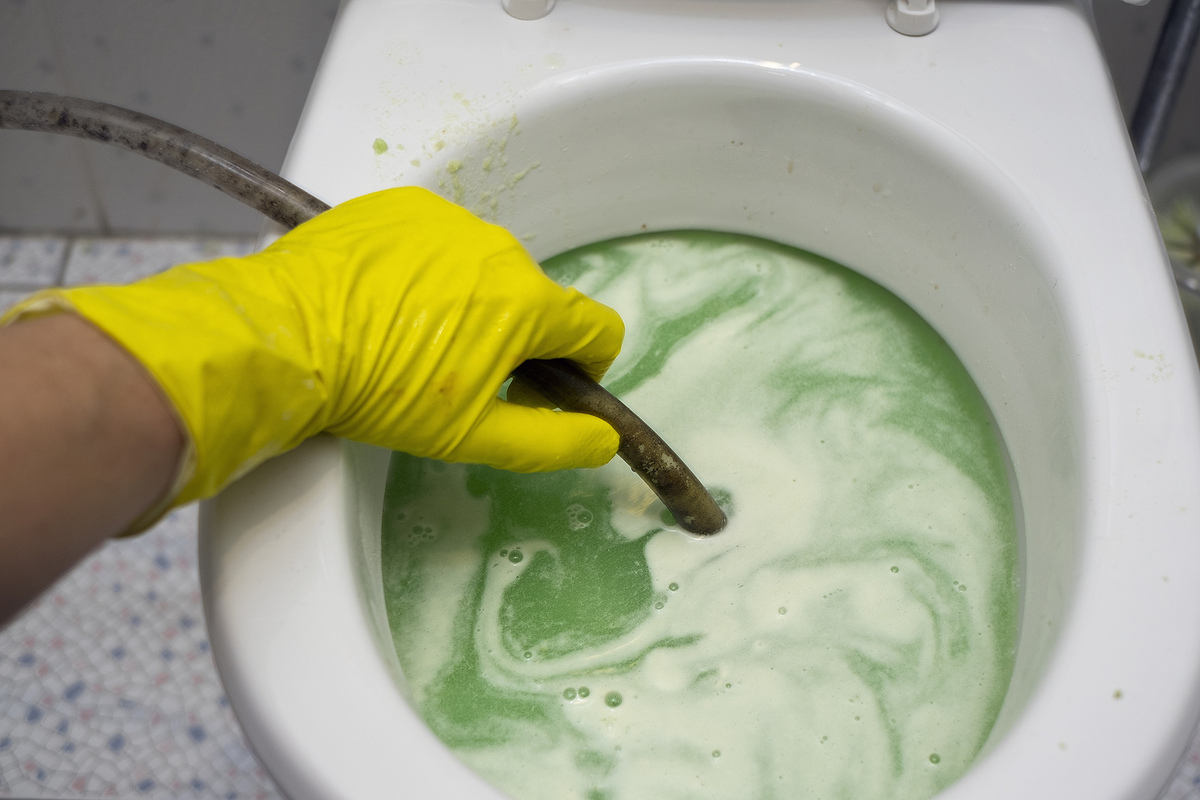
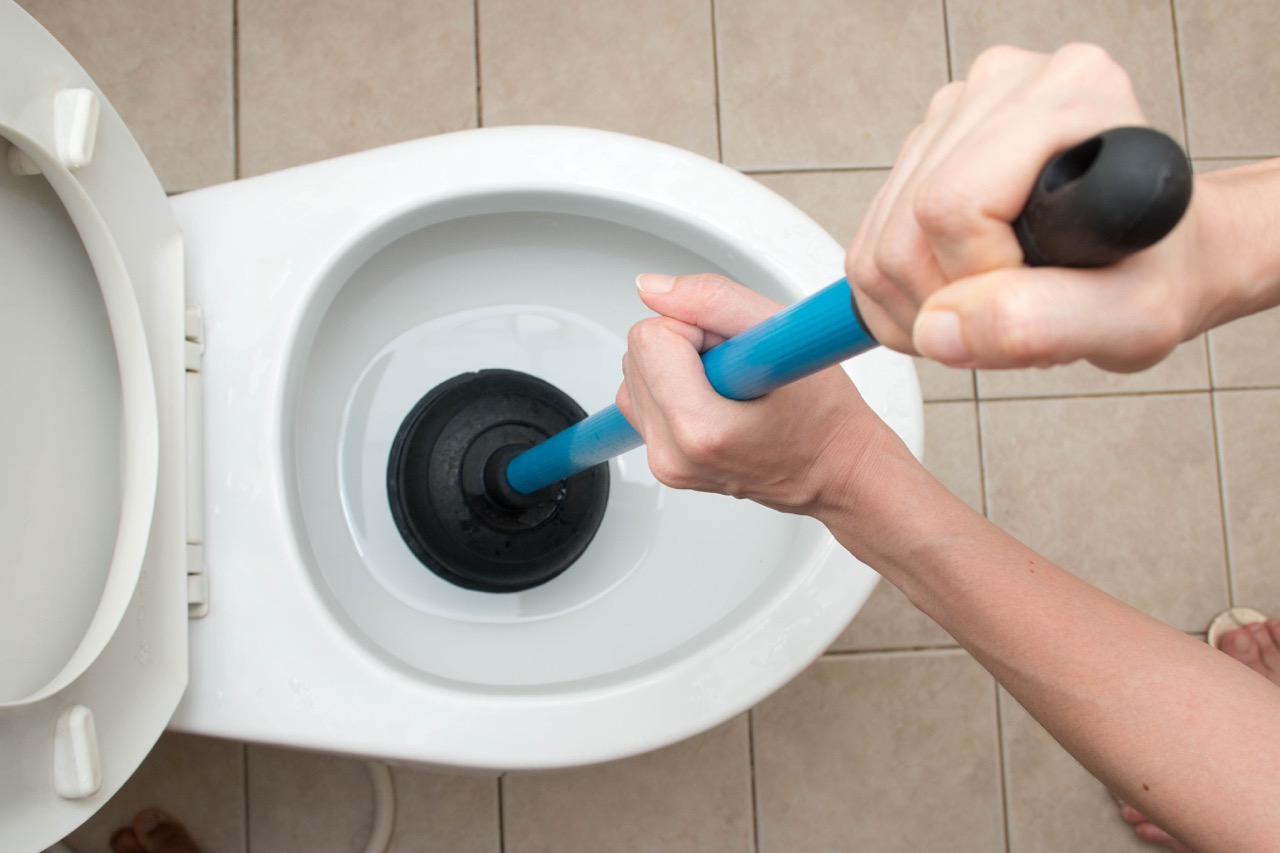

0 thoughts on “How To Unclog A Toilet”